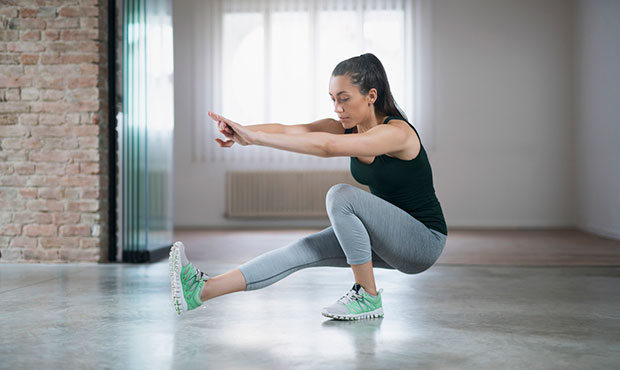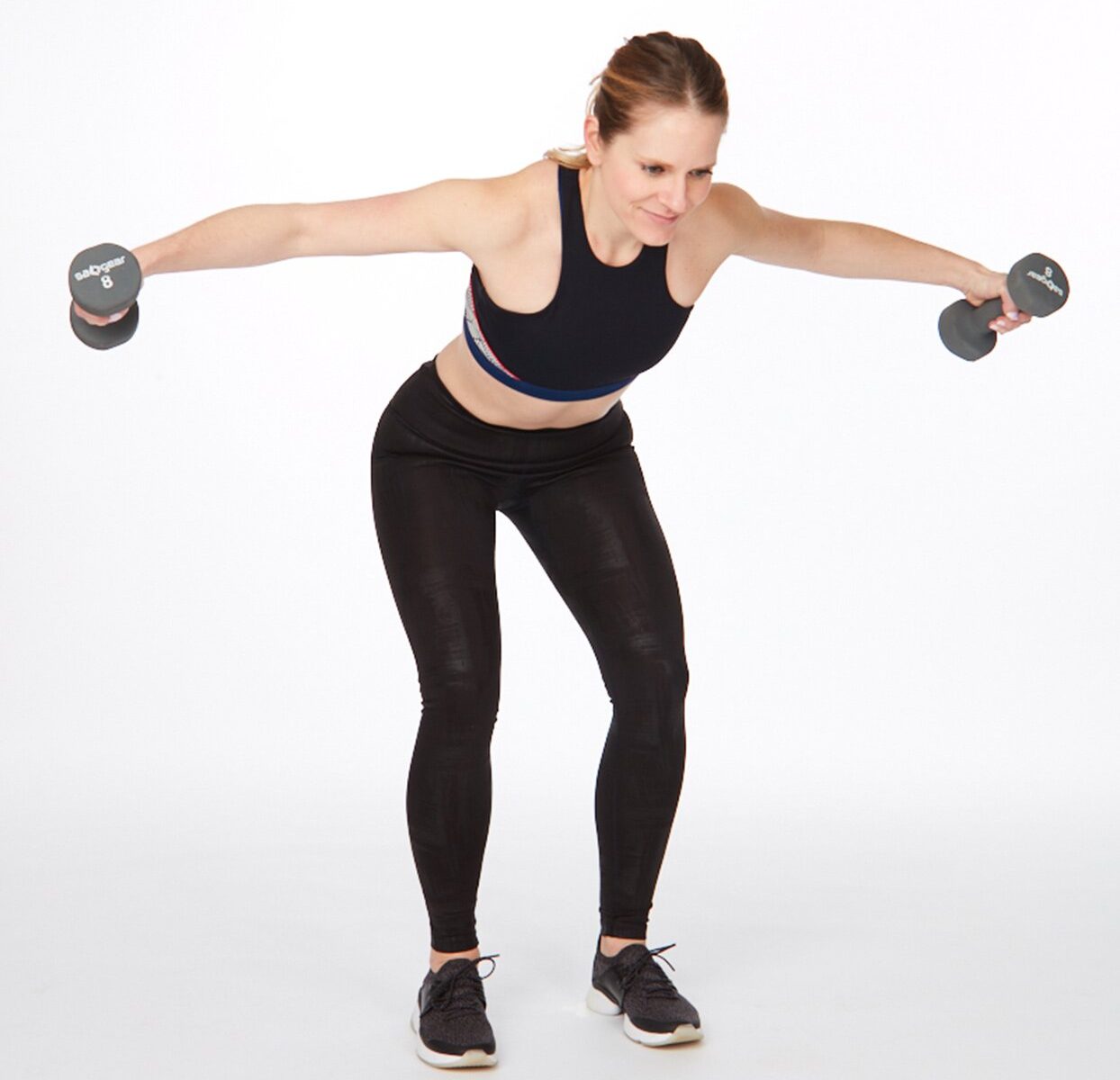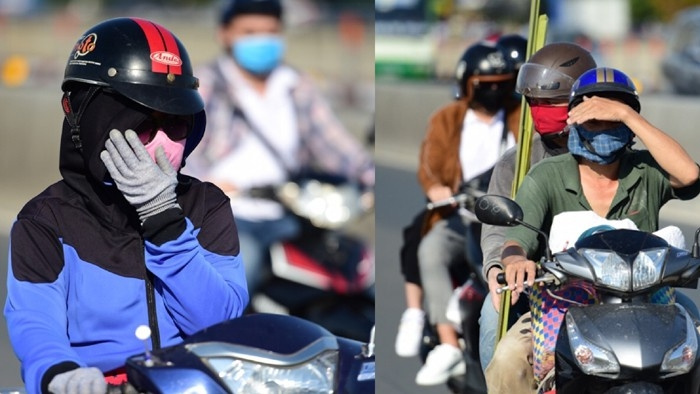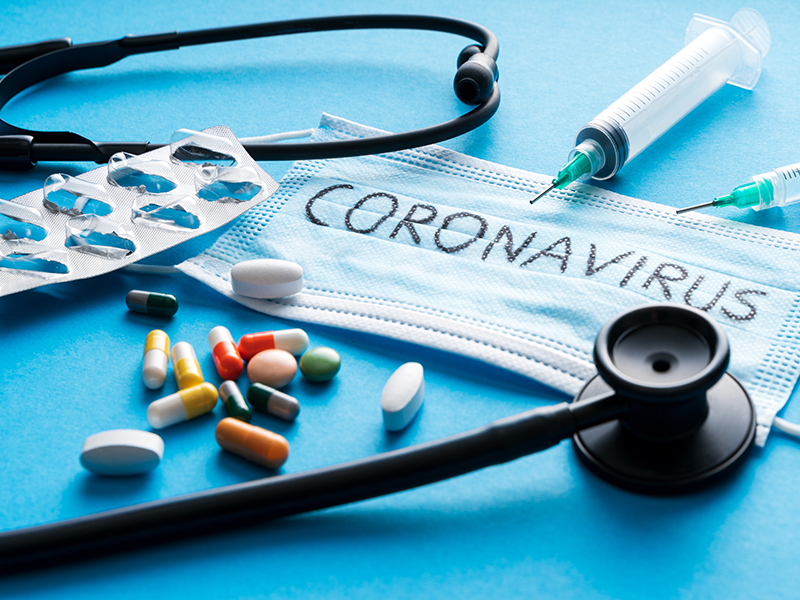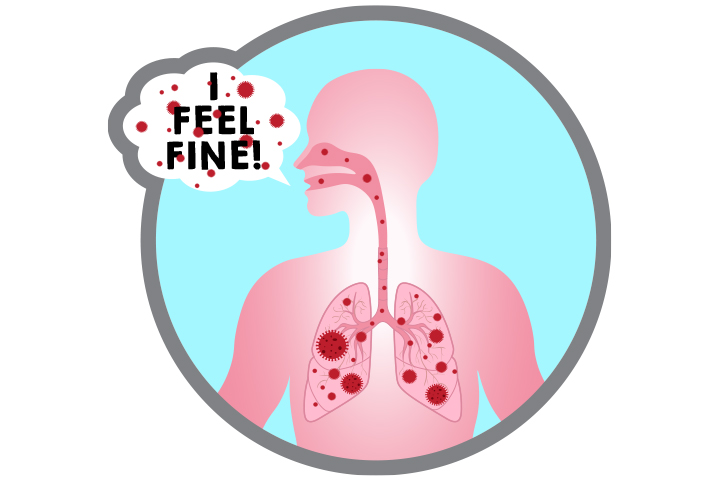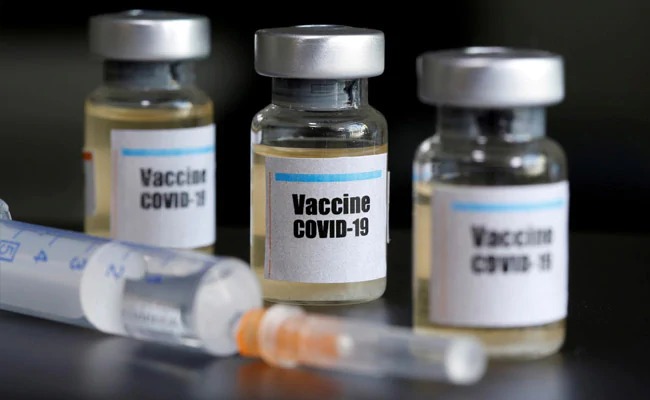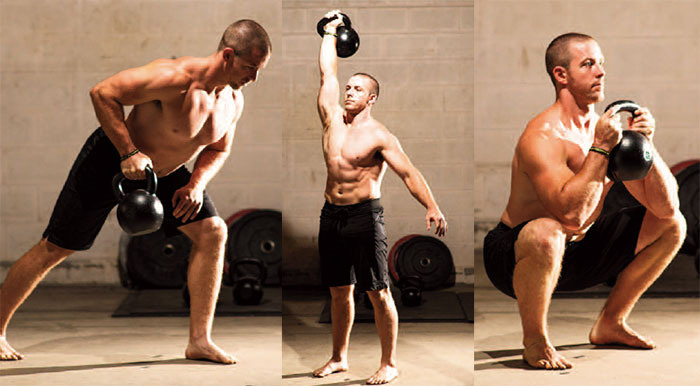How It Works
Though it might not cross your mind, you need good balance to do just about everything, including walking, getting out of a chair, and leaning over to tie your shoes. Strong muscles and being able to keep yourself steady make all the difference in those and many other things you do every day.
Balance training involves doing exercises that strengthen the muscles that help keep you upright, including your legs and core. These kinds of exercises can improve stability and help prevent falls.
Doing balance exercises can be intense, like some very challenging yoga poses. Others are as simple as standing on one leg for a few seconds. Or you can use equipment that forces your body to stabilize itself, like a Bosu half-circle stability ball or a balance board you use along with a video game.
Examples of balance exercises include:
Standing with your weight on one leg and raising the other leg to the side or behind you
Putting your heel right in front of your toe, like walking a tightrope
Standing up and sitting down from a chair without using your hands
Walking while alternating knee lifts with each step
Doing tai chi or yoga
Using equipment, like a Bosu, which has an inflatable dome on top of a circular platform, which challenges your balance
Over time, you can improve your balance with these exercises by:
Holding the position for a longer amount of time
Adding movement to a pose
Closing your eyes
Letting go of your chair or other support
You can do balance exercises as often as you’d like, even every day. Add in two days a week of strength training, which also helps improve your balance by working the muscles that keep you stable.
Intensity Level: Moderate
To balance train, you don’t have to run, jump, or do any other high-impact or high-intensity exercises. Usually balance training involves slow, methodical movements.
Areas It Targets
Core: Yes. You need strong core muscles for good balance. Many stability exercises will work your abs and other core muscles.
Arms: No. Most balance exercises are about balancing on your feet. So unless you’re doing moves that involve your arms, or you’re holding weights, they don’t work your arms.
Legs: Yes. Exercises in which you balance on one leg and then squat or bend forward also work the leg muscles.
Glutes: Yes. The same balance exercises that work the legs also tone the glutes.
Back: Yes. Your core muscles include some of your back muscles.
Type
Flexibility: No. Balance training is more about strengthening muscles and improving stability than gaining flexibility.
Aerobic: It can be, but often is not. It depends on how intense the activity is. If you’re moving fast, then it may be aerobic. Slower balance exercises do not make you breathe faster or make your heart pump harder.
Strength: Yes. Many of these exercises will work your muscles, especially the muscles of your legs and core. Some moves may also use your chest and shoulder muscles, like the plank position in yoga.
Sport: No. Balance training involves a series of exercises. It is not a sport.
Low-Impact: Yes. There is no impact involved in doing balance exercises.
What Else Should I Know?
Cost. No. You can do balance exercises on your own, with nothing more than a chair. There is a cost if you want to take a tai chi or yoga class, or buy a stability ball, video, or other piece of equipment.
Good for beginners? Yes. Balance training is good for people of any age and fitness level. It’s recommended for older adults to help prevent falls.
Outdoors. Yes. You can do balance exercises anywhere: in your backyard, on a beach, in a park.
At home. Yes. You can do these exercises at home.
Equipment required? No. You only need your own body to do balance exercises: for example, by standing on one leg. Or you can buy a piece of equipment like a Bosu ball to challenge your balance even more.
What Dr. Michael Smith Says:
The beauty of balance training is that anyone can, and should, do it. Balance training improves the health, balance, and performance of everyone from beginners to advanced athletes, young and not-so-young.
If you’re new to exercise, it’s a great place to start. Focusing on your core and balance improves overall strength and gets your body ready for more advanced exercise. Start off easy. You may find that you need to hold onto a chair aft first. That’s absolutely fine.
If you’re an advanced exerciser, you’ll likely find you still need to start with somewhat simple moves if balance isn’t your thing. Then push yourself to perform more complex moves that both challenge your muscular strength and your aerobic stamina. If you think balance exercises are easy, you haven’t tried yoga’s warrior III pose.
Is It Good for Me If I Have a Health Condition?
If you have back pain, balance training is one of the best ways to strengthen your core and prevent back pain. If you’re recovering from a back injury, get your doctor’s OK and then start balancing. It’ll help prevent more problems in the future.
When you strengthen muscles, it also helps arthritis by giving more support to painful joints. You may need to adjust or avoid certain moves to decrease pressure on your knees. For example, a balance move that involves a lunge may be more than your knees can handle. Good news is there are many exercises to choose from.
If you have diabetes, high blood pressure, high cholesterol, or even heart disease, exercise is a must to help you get control of your condition. Balance training is an excellent place to start. The first step of resistance training should focus on core and balance exercises, according to the American Council on Exercise. As you get stronger and become able to perform more intense exercises, balance training can give you an aerobic workout that even helps control blood sugar, cholesterol, and blood pressure along with other aerobic exercise.
If you’re pregnant, choose your balance exercises carefully. Women can and should exercise during pregnancy. The main concern with exercise during pregnancy is falling, so moves that make you unstable are not a good choice. Choose balance moves that either keep both feet on the floor or that you do on all fours, like plank (you may need to support your body with one knee on the ground). As with any exercise, if you did it before pregnancy, you’re likely OK doing it after pregnancy. It’s always good to check with your doctor to be sure.

